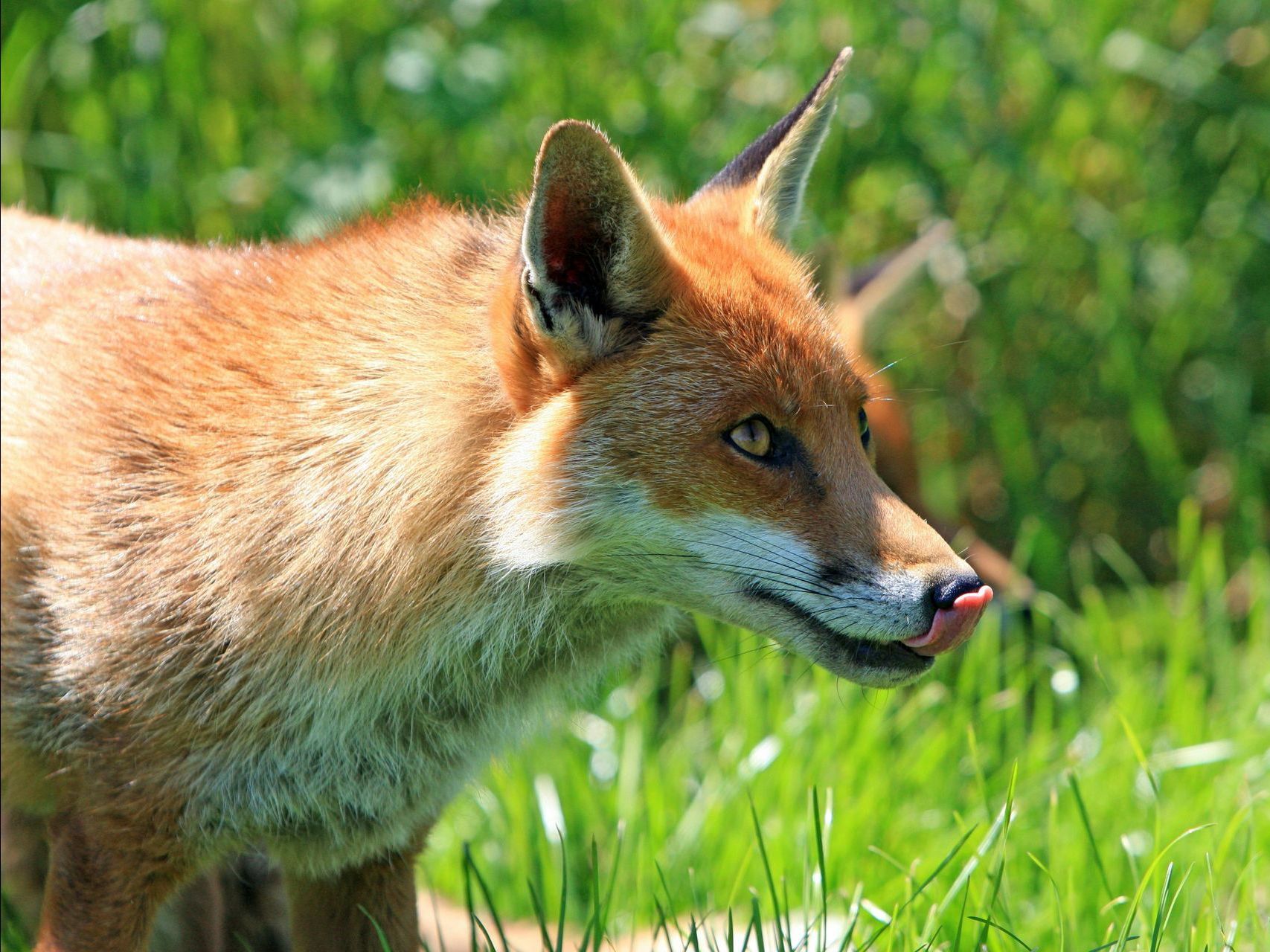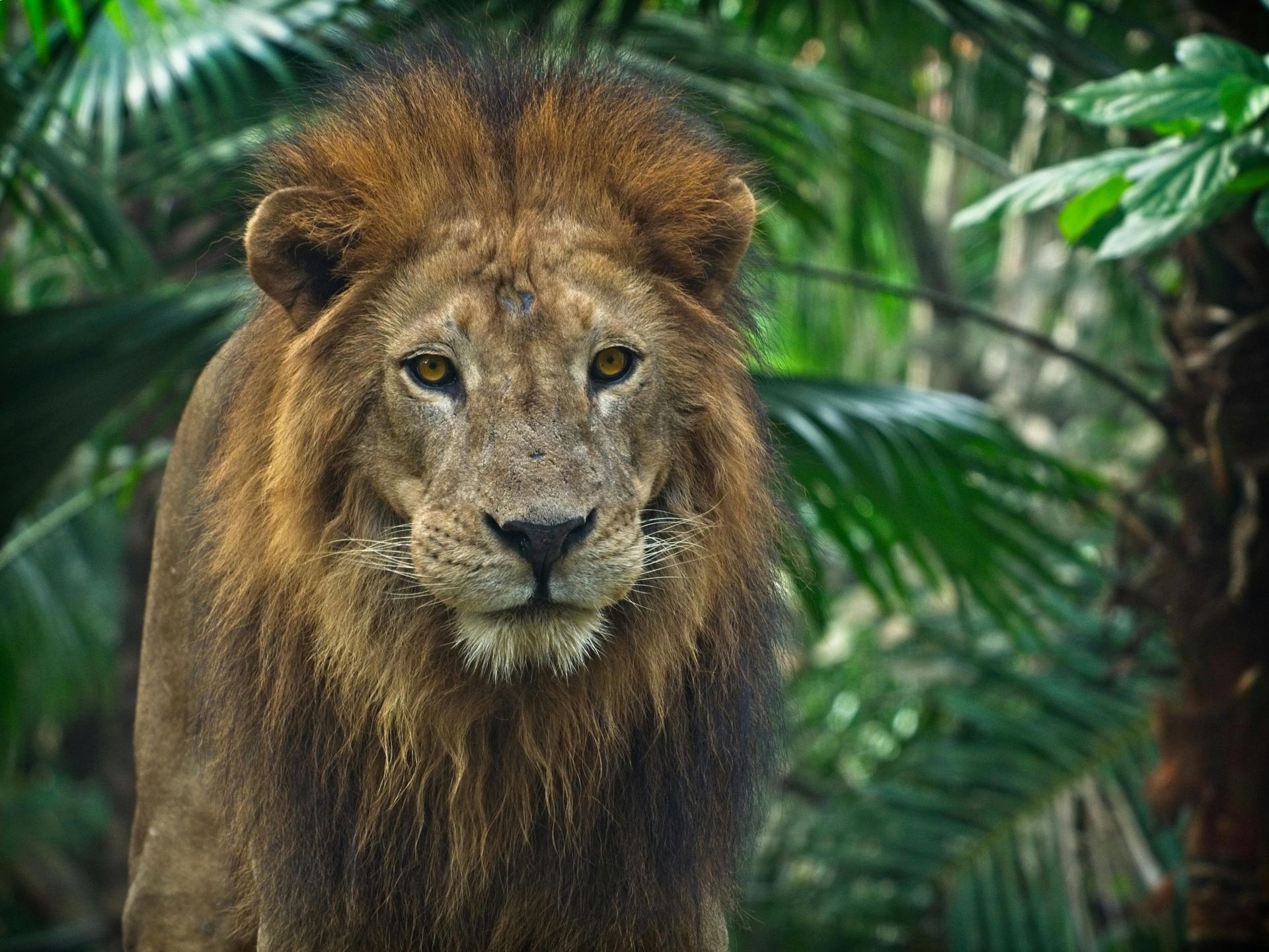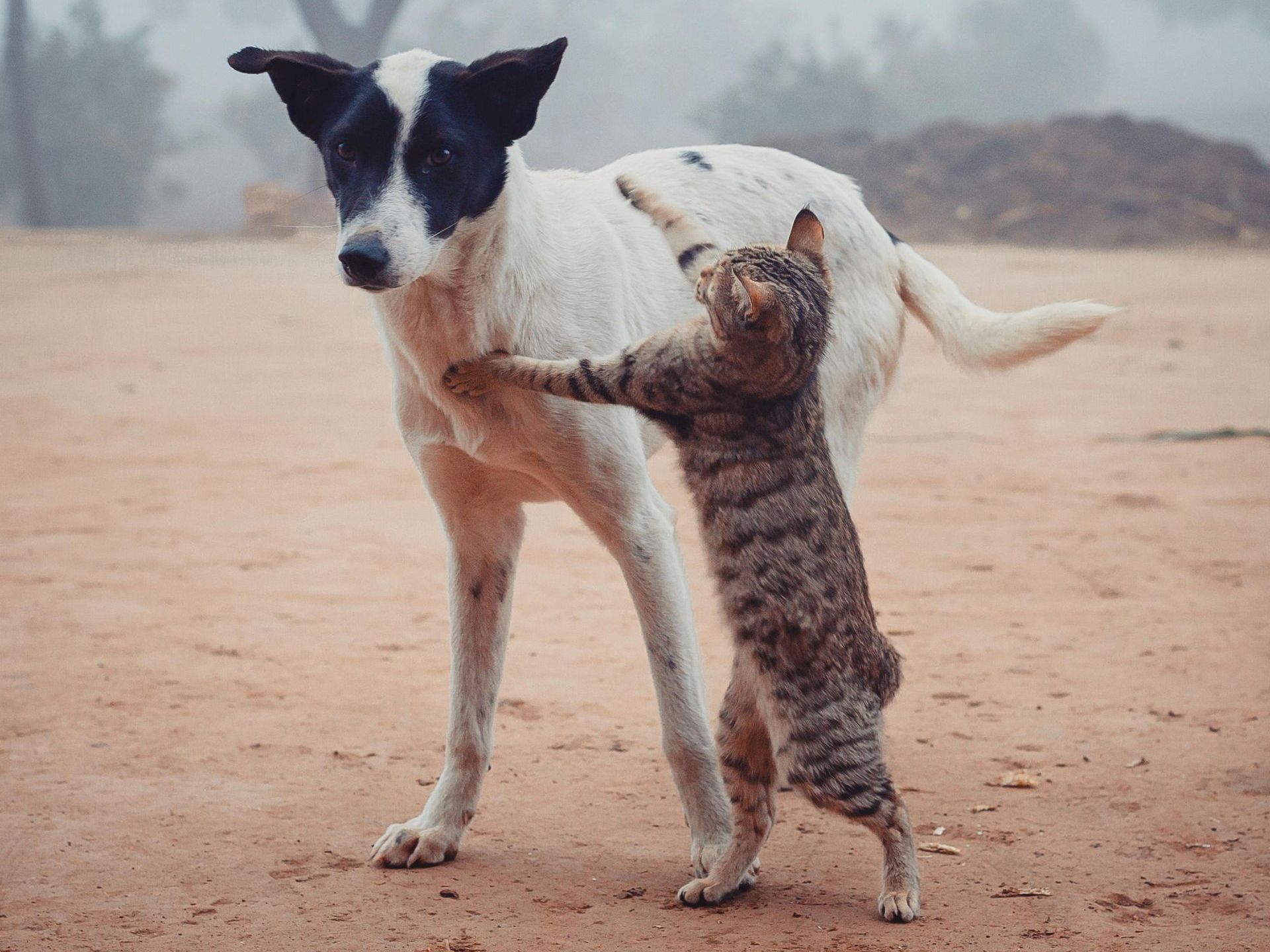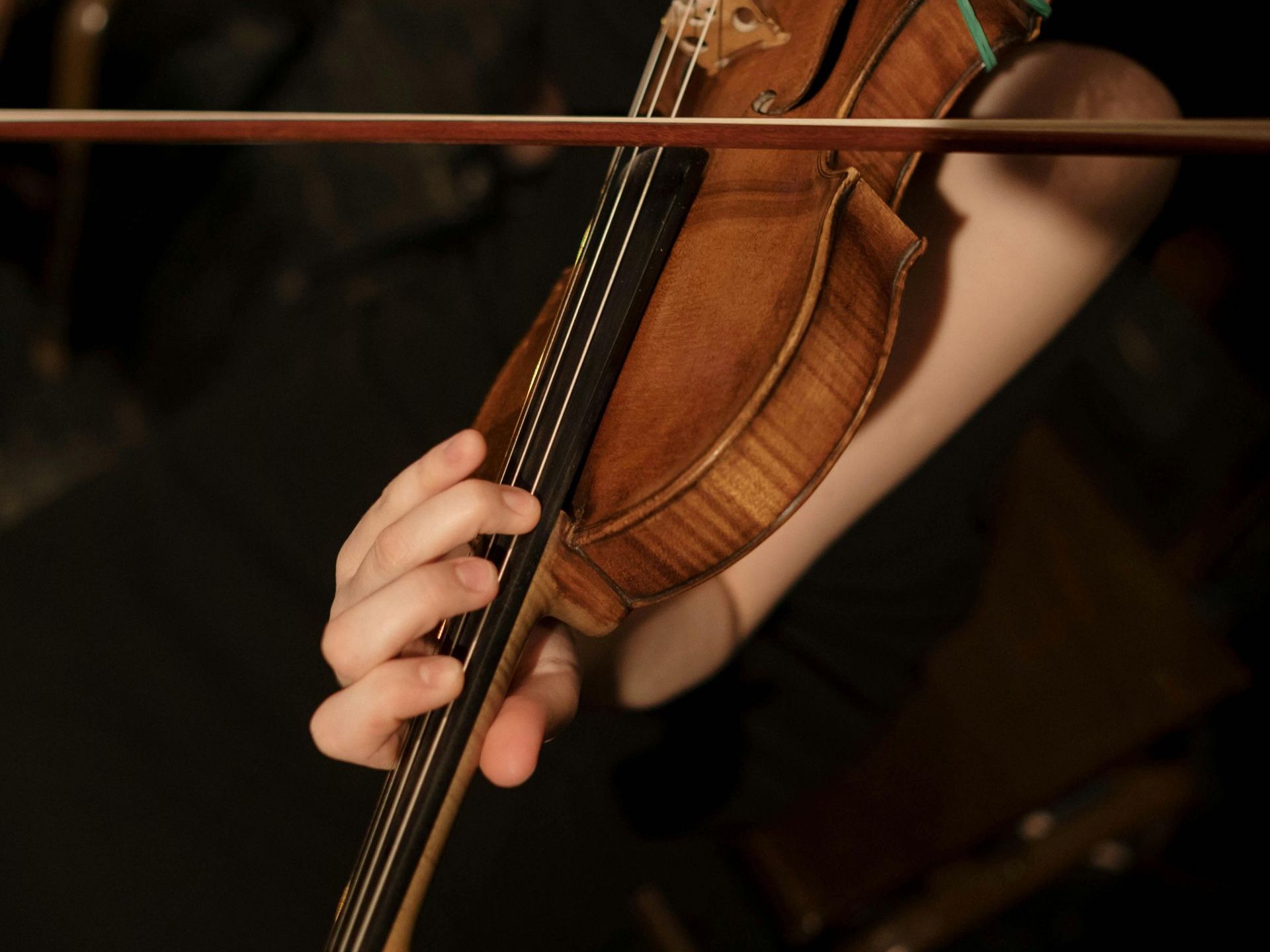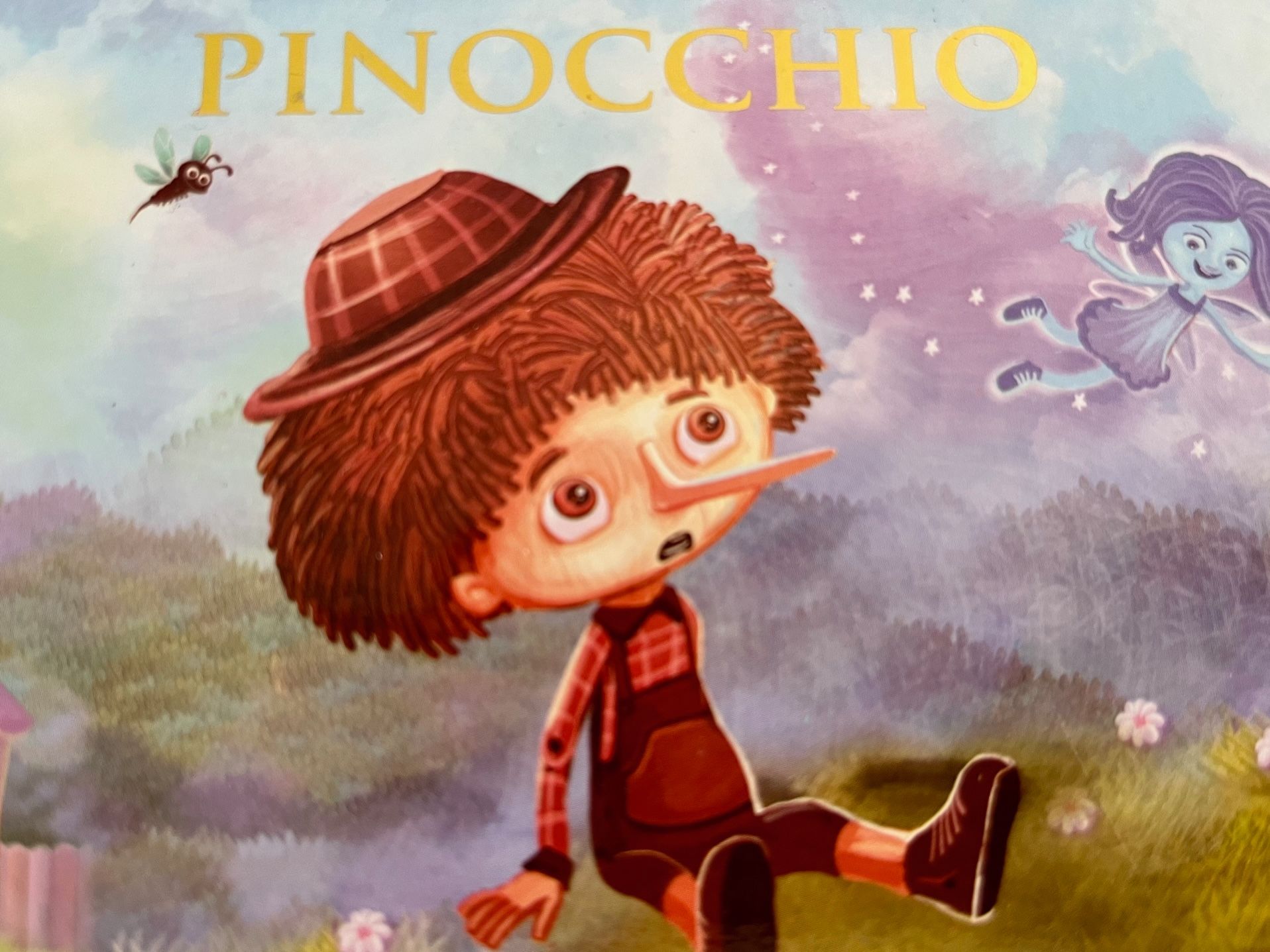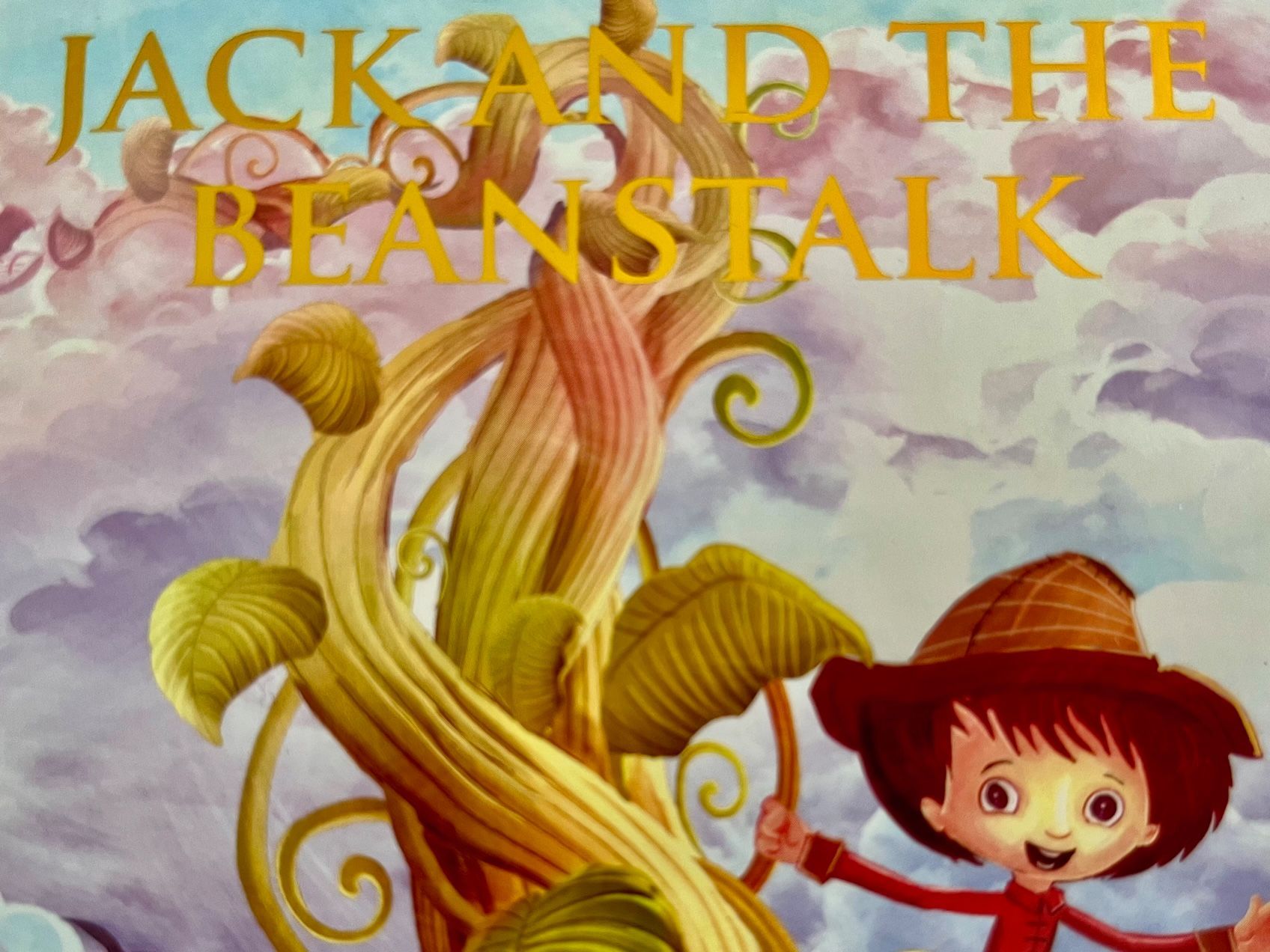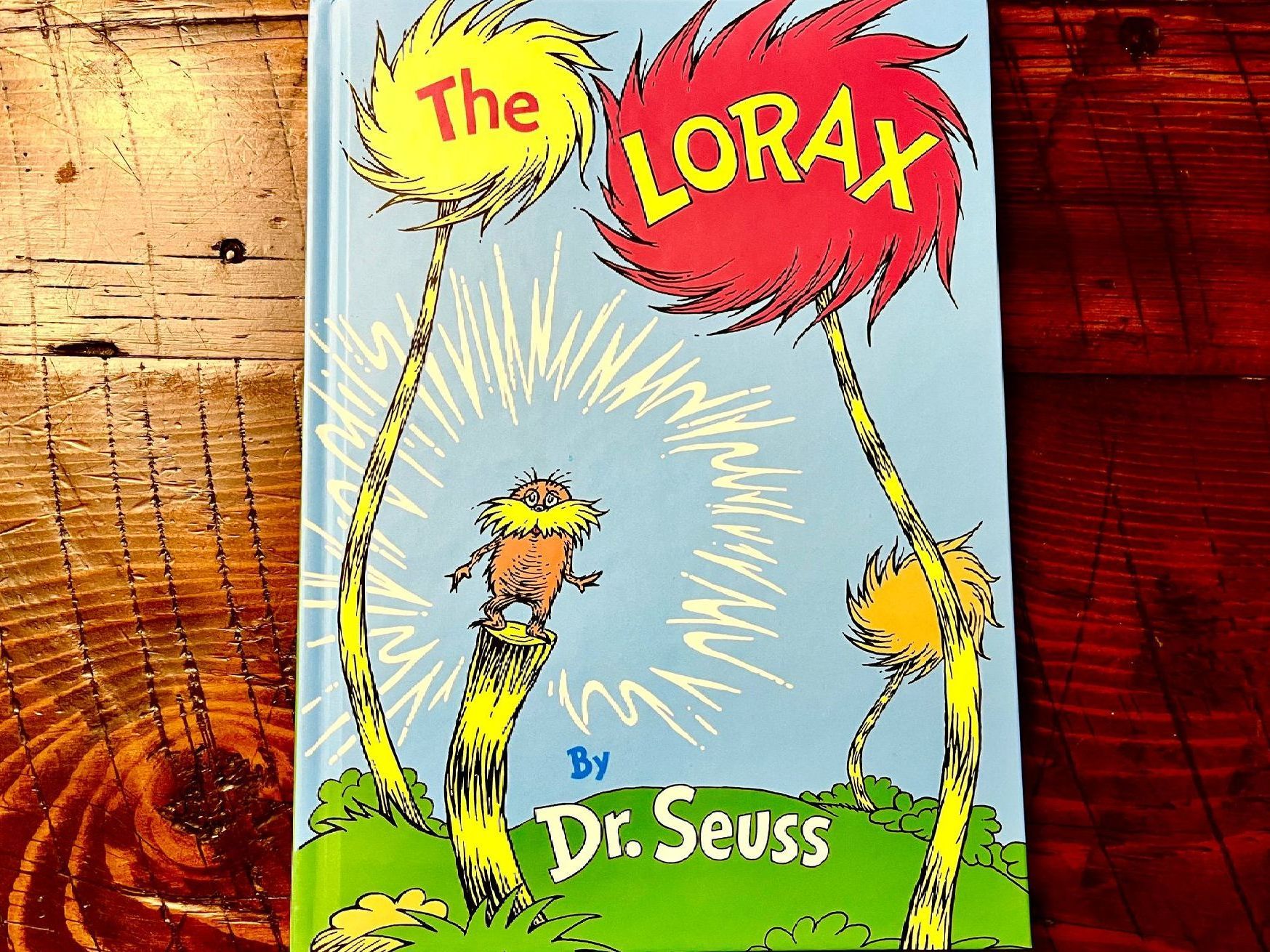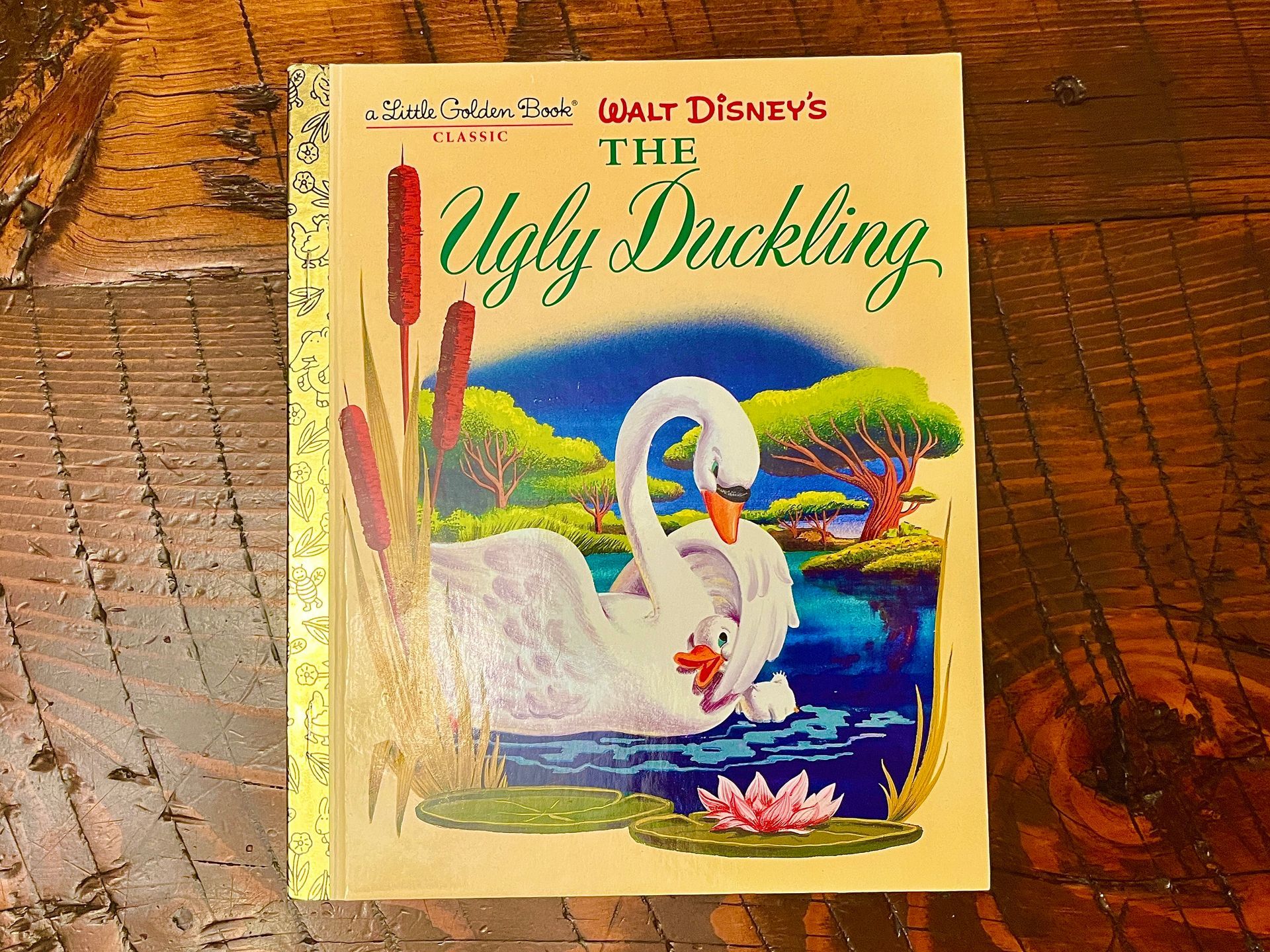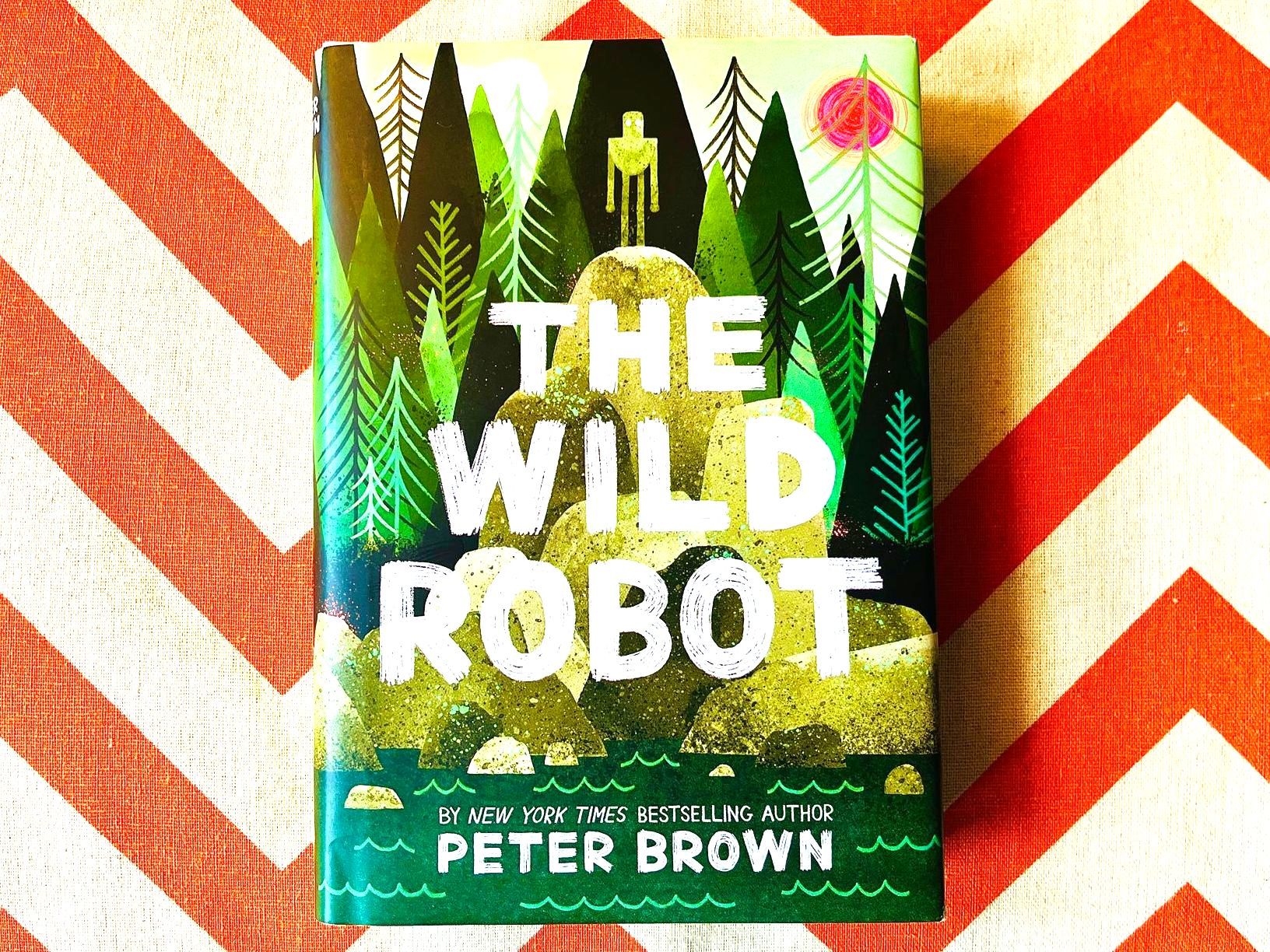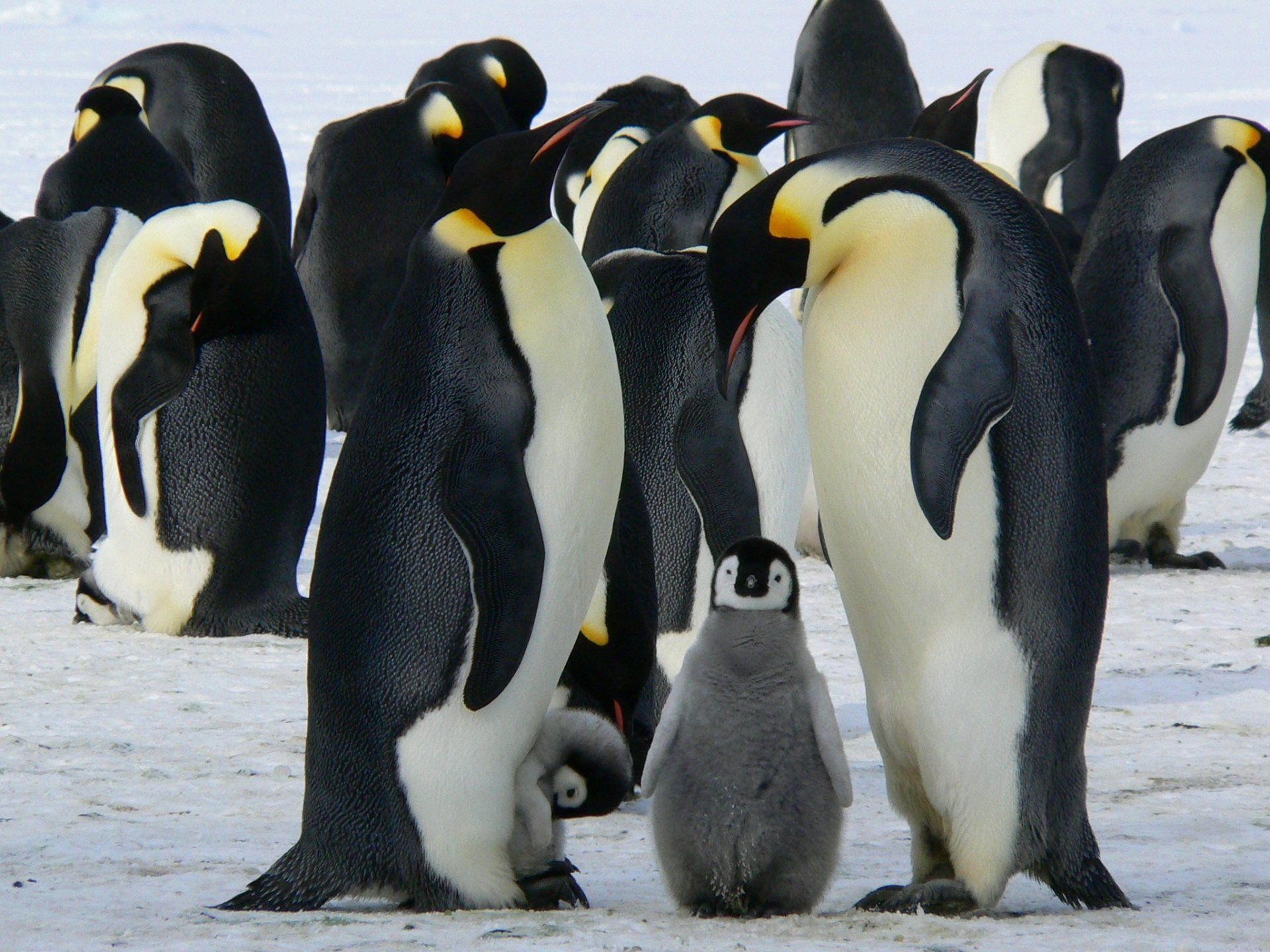let's be
inspired

Children's Stories
The Fox and the Crow based on Aesop's fable
IllustrationA classic fable often told in Waldorf education settings, based on Aesop's fable The Fox and the Crow. Here's a version of the story in a lyrical and Waldorf-inspired tone:
Once upon a time, a sleek and clever fox was wandering through the forest, his eyes scanning for a tasty meal. As he passed beneath the bough of an old oak tree, he looked up and saw a magnificent crow perched high above, clutching a delicious piece of cheese in her beak.
"Oh, what a sight!" thought the fox. "That cheese will make the perfect treat. But how can I get it?"
The fox sat down beneath the tree, looking up with admiration. "Oh, marvelous crow!" he began, his voice as smooth as the wind through the leaves. "What a beautiful creature you are! Your feathers shimmer like the night sky, and your eyes sparkle like the stars."
The crow puffed up with pride, holding the cheese tightly.
"But surely," the fox continued, "such a splendid bird must have the sweetest voice as well! Won't you sing for me, oh queen of the forest, so I may hear your heavenly song?"
The crow, flattered and filled with vanity, wanted to prove the fox right. She opened her beak to sing—and caw! The cheese tumbled to the ground.
The fox snatched it up in a flash and grinned. "Thank you, dear crow, for the cheese!"
The lesson: never trust a flatterer!
The Monkey and the Crocodile attributed to Vishnu Sharma
IllustrationOnce upon a time, in a lush green jungle by a sparkling river, there lived a clever little monkey in a tall, leafy tree. The tree was full of juicy, delicious fruits, and the monkey enjoyed them every day. He was happy swinging from branch to branch, munching on his favorite snacks.
One sunny day, a crocodile swam up to the tree and looked longingly at the fruits. "Oh, those look so tasty," sighed the crocodile.
The kind-hearted monkey noticed him and called out, "Hello, Mr. Crocodile! Would you like to try some of these fruits?"
The crocodile's eyes lit up. "Oh yes, please!" he said, his mouth watering. The monkey tossed down some fruits, and the crocodile gobbled them up. "Thank you, Monkey! These are the best fruits I've ever had!"
From that day on, the monkey and the crocodile became friends. The crocodile would visit the tree every day, and the monkey would toss him fruits. They laughed and chatted, sharing stories of the river and the jungle.
One day, the crocodile brought some fruits home to his wife. She loved them too! But soon, she became curious. "If these fruits are so sweet," she said, "just imagine how sweet the monkey’s heart must be! Bring me the monkey’s heart, and we’ll have a feast!"
The crocodile didn’t want to harm his friend, but he also didn’t want to upset his wife. Feeling trapped, he swam back to the monkey’s tree. "Monkey, my wife and I want to invite you to our home for a special meal. Hop on my back, and I’ll take you across the river!"
The monkey, excited by the idea, climbed down and hopped onto the crocodile’s back. They started across the river, chatting and laughing as usual. But halfway across, the crocodile said nervously, "Monkey, I have to tell you something. My wife wants to eat your heart."
The monkey’s eyes widened in shock, but he stayed calm. After all, he was a clever monkey. "Oh no, Mr. Crocodile!" he exclaimed. "Why didn’t you tell me earlier? I left my heart back in the tree!"
The crocodile was surprised. "You left your heart in the tree?"
"Yes," said the monkey. "If you take me back, I can get it for you."
The crocodile, not realizing he was being tricked, turned around and swam back to the tree. As soon as they reached the shore, the monkey leaped off the crocodile’s back and scrambled up to the highest branch.
"You silly crocodile," the monkey called down, shaking his head. "You can’t take my heart—it’s inside me! I trusted you, but you tried to trick me. That’s not what friends do."
The crocodile felt ashamed. He apologized, but the monkey said, "I can forgive you, but we can’t be friends anymore. Trust is very important."
And from that day on, the monkey stayed in his tree, safe and happy, while the crocodile swam sadly in the river, learning a lesson he’d never forget.
The End
(the moral of the story? Be kind, don’t betray your friends, and always think quickly on your feet—just like the monkey!)
"The Monkey and the Crocodile" is a timeless fable from the Panchatantra, an ancient Indian collection of stories traditionally credited to the scholar Vishnu Sharma. Compiled around 200 BCE, using animal characters to convey moral lessons.

The Dog and the Sparrow by The Brothers Grimm
The Dog and the Sparrow
Once upon a time, there was a poor dog who lived with a cruel master. The man made the dog work hard and barely gave him enough food to eat. The dog grew weaker and sadder each day until he decided to run away in search of kindness.
As the dog wandered along the road, he met a little sparrow perched on a branch. "Why are you so sad, dear dog?" chirped the sparrow.
"My master treated me so badly, and now I have no home or food," the dog replied with a sigh.
The sparrow’s heart filled with pity. "Don’t worry, friend," she said. "I’ll help you! Follow me, and you’ll never go hungry again."
The sparrow flew ahead and led the dog to a farmer’s field. She landed on the farmer’s plow and chirped loudly. "Go away, bird!" the farmer shouted, shooing her away. While the farmer was distracted, the dog quickly ate some bread the farmer had left on the ground.
"Thank you, little sparrow," said the dog, feeling much better.
The two friends continued their journey together, helping each other along the way. But one day, they crossed paths with a mean man driving a cart loaded with heavy goods. The man cracked his whip at the dog, yelling, "Out of the way, you lazy mutt!"
The sparrow, seeing her friend in trouble, flew over to the man’s cart. She chirped in his ear, "Why do you treat this poor dog so cruelly? He’s done nothing to harm you."
"Be quiet, you silly bird!" the man shouted and swatted at the sparrow. Furious, the sparrow decided to teach the man a lesson. She pecked at the ropes holding the man’s goods together. One by one, the bags and boxes tumbled off the cart onto the road.
The man yelled in frustration, "I’ll get you for this, bird!" But the sparrow just laughed and flew away, her friend the dog trotting happily by her side.
From that day on, the dog and the sparrow were inseparable. They traveled together, helping each other and finding kindness in unexpected places.
The End
Moral of the Story: True friends stand by each other, and even the smallest creatures can make a big difference when they are kind and brave!
The Lion and the Jackal a Zulu Tale
Once upon a time, in a rocky valley under the warm sun, a mighty lion roamed the land. The lion was known as the king of the jungle, feared and respected by all the animals. But there was one animal who wasn’t afraid—Jackal, the trickster. Jackal was small but very clever, and he always found ways to outsmart the lion.
One day, the lion was wandering through a narrow mountain pass when he heard a voice call out, "Oh, Your Majesty! Is that you?"
The lion turned to see Jackal standing on a rock, looking nervous. "What do you want, Jackal?" roared the lion. "Are you here to play one of your silly tricks on me again?"
"Oh no, Your Majesty!" Jackal said, trembling. "I came to warn you. Look above you!"
The lion looked up and saw a huge, overhanging rock above the pass. It looked very heavy. "What about it?" asked the lion.
"That rock is about to fall and crush us both!" cried Jackal. "But you’re so strong, Your Majesty. If you hold the rock up, I can fetch a log to prop it in place and save us."
The lion, being proud and eager to show his strength, quickly stood under the rock and pressed his mighty paws against it. "Go quickly, Jackal!" he growled. "Hurry before my strength gives out!"
"Of course, Your Majesty!" said Jackal. "I’ll be back with the log in no time!"
Jackal dashed off, but as soon as he was out of sight, he laughed to himself. "That silly lion! He’s holding up the rock, and it’s not even falling! Now I’m free to roam without worrying about him chasing me."
Meanwhile, the lion stood under the rock, holding it with all his might. He waited and waited, but Jackal didn’t come back. Finally, the lion started to feel tired and decided to take a risk. He carefully stepped out from under the rock... and nothing happened! The rock stayed exactly where it was.
The lion realized he had been tricked. "That Jackal!" he roared. "One day I’ll catch him for this!"
As for Jackal, he stayed far away from the lion’s path for a long time, laughing to himself about his clever plan.
The End
Moral of the Story: Being clever and quick-witted can sometimes help you out of a tough spot. But remember, honesty and trust are just as important!
Why Dogs and Cats Are Enemies a Folklore Tale
Once upon a time, in a quiet little village, there lived a dog named Max and a cat named Luna. They were the best of friends and shared everything—adventures, meals, and even their cozy little house at the edge of the woods.
One sunny morning, Max and Luna discovered a shiny, magical bone buried in the forest. The bone sparkled with golden light, and they could feel it was very special. A wise old owl flew down from a tree and said, “That bone holds great magic. Whoever owns it will have endless good fortune. But be careful—it must not fall into the wrong hands!”
Max and Luna were thrilled. They decided to keep the bone safe and agreed to take turns guarding it.
One day, Max had to go to the river to fetch some water. “Luna, can you watch the bone while I’m gone?” Max asked.
“Of course,” Luna purred, curling her tail around the glowing treasure.
As soon as Max disappeared, a sly fox peeked out from the bushes. “What’s this? A magical bone?” the fox said, licking its lips.
Luna hissed and puffed up her fur. “Stay back! This bone belongs to Max and me!”
But the fox was clever. It tricked Luna by pretending to be hurt. “Oh, kind Luna, I don’t want your bone. I just need help—my paw is stuck!”
Feeling sorry for the fox, Luna stepped away from the bone to see what was wrong. The moment she turned her back, the fox snatched the bone and dashed into the forest.
When Max returned, he found Luna sitting by the empty spot where the bone had been.
“Where’s the bone?!” Max barked.
Luna hung her head. “I... I thought I was helping a poor fox, but it tricked me and stole the bone.”
Max was furious. “How could you let this happen? I trusted you!”
Luna snapped back, “I was trying to do something kind! Maybe if you hadn’t left, this wouldn’t have happened!”
They argued and argued until their friendship shattered like a broken mirror. From that day on, Max and Luna refused to speak to each other. Dogs and cats everywhere, hearing their story, began to take sides.
And that’s why, even today, dogs and cats are often enemies. They can’t seem to forget that long-ago fight over the magical bone.
But if you watch closely, every now and then, you might see a dog and a cat becoming friends again, proving that even the oldest arguments can someday be forgiven.
The End.
THE MORAL
It teaches us the value of forgiveness, the importance of being careful with trust, and the need to work through disagreements rather than letting them ruin relationships.
Don't let anger or blame destroy a friendship—mistakes happen, and forgiveness can mend even the biggest problems.
The story of why dogs and cats are enemies often comes from folklore and varies across cultures, but a common version originates from a traditional tale titled "The Dog and the Cat" or similar, often passed down orally or as part of fables. This version doesn’t have a single definitive author, as it’s a piece of folklore rather than a literary work, but some variations have been retold by authors like Andrew Lang in his Fairy Books or in Aesop-like collections.
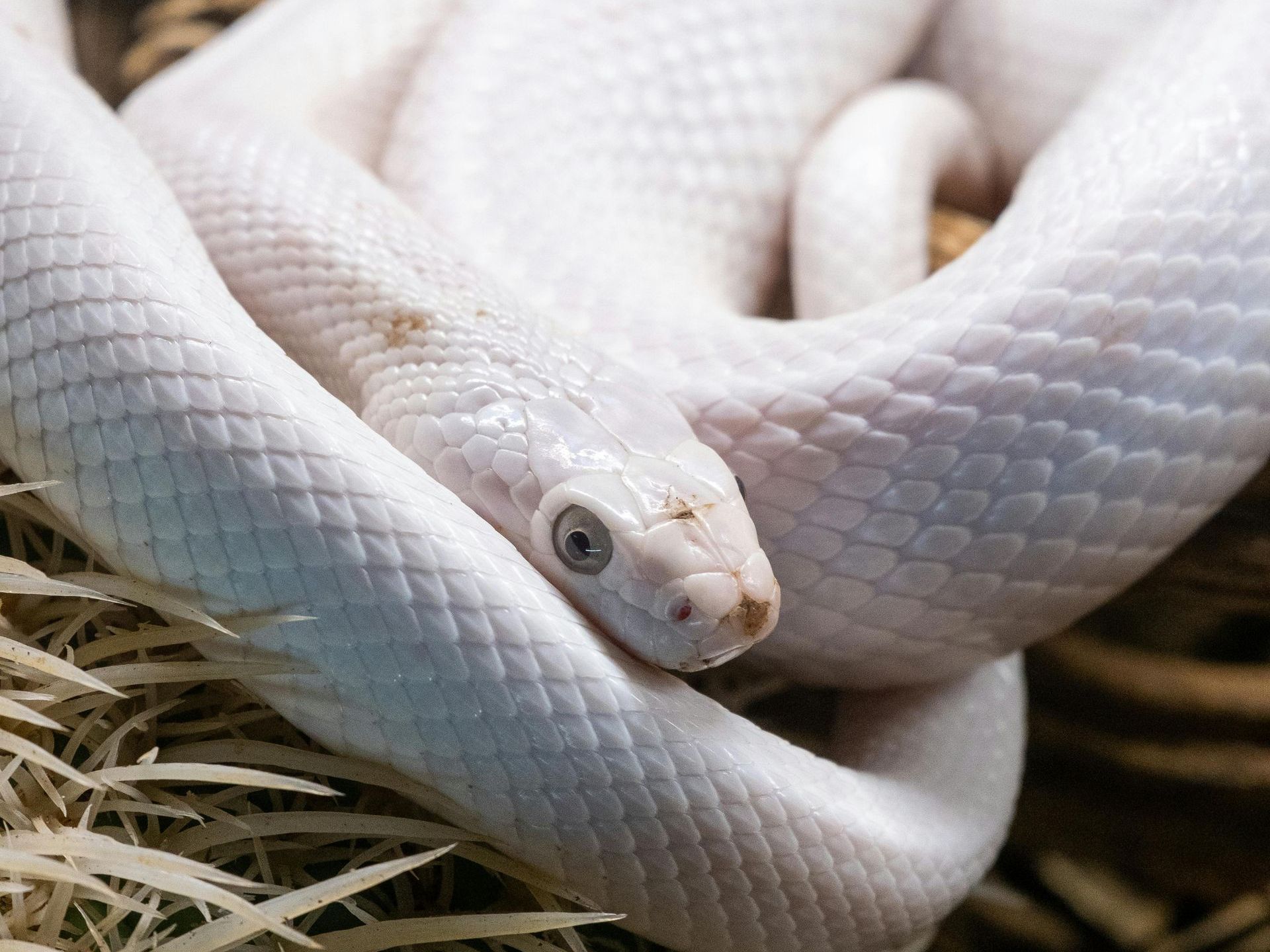
The White Snake by The Brothers Grimm
Once upon a time, in a faraway kingdom, there was a wise and just king. He was so clever that no problem seemed too big for him to solve. But he had a secret. Every night after dinner, he asked for a covered dish to be brought to him. Only he knew what was inside—a piece of a magical white snake. Eating it gave him the ability to understand the language of animals, which helped him rule his kingdom so wisely.
One day, a young servant in the palace grew curious. He wondered, “What could the king be eating every night that no one is allowed to see?” So, one evening, when the dish was brought to the king but left unattended for a moment, the servant peeked under the lid. Inside, he saw the white snake. Unable to resist, he took a tiny bite.
The moment he swallowed it, something amazing happened—he could hear the animals around him talking! He listened to the birds chirping outside the window and even understood the mice squeaking in the corners. It was like a whole new world had opened up to him.
The next day, the queen discovered her favorite ring was missing. She searched high and low but couldn’t find it. Angry and upset, she accused the young servant of stealing it. The king, although sad, had no choice but to believe her, and the servant was brought in for questioning. He pleaded, “I didn’t take it!” But no one believed him.
As the servant stood there, trying to think of a way to prove his innocence, he heard ducks quacking in the courtyard. One duck said to another, “That was a delicious breakfast! Swallowing the queen’s ring was a bit tricky, though.”
The servant couldn’t believe his ears. He ran to the king and said, “Your Majesty, if you have the ducks caught and one of them opened up, I’m sure you’ll find the ring.” The king was surprised by this bold claim but agreed to try. Sure enough, when the duck was caught, the queen’s ring was inside! The king apologized to the servant and rewarded him for his honesty.
Though the servant was happy to be free, he decided it was time to leave the palace and explore the world. On his journey, he came across a pond where some fish were flopping on the shore. “Help us!” they gasped. Without hesitation, the servant scooped them up and put them back in the water. The fish swam happily away, promising to repay his kindness someday.
Later, as he walked through a forest, he saw a group of ants whose home had been destroyed by a careless traveler. The little ants cried, “Our house is ruined!” Feeling sorry for them, the servant carefully rebuilt their anthill. The ants thanked him and said, “If you ever need us, we’ll be there!”
Finally, he saw some baby ravens sitting in a nest, weak and hungry. Their parents were nowhere to be seen. The servant shared some bread from his pack with the little birds. They chirped with gratitude and said, “We won’t forget your kindness!”
After many adventures, the servant arrived in a new kingdom. There, the beautiful princess had announced she would only marry a man who could pass three impossible tests. Many had tried and failed. The servant, though nervous, decided to try his luck.
The first task was to retrieve a golden ring that had fallen into the sea. The servant stood at the shore, wondering what to do, when suddenly, the fish he had saved appeared. “Don’t worry, we’ll help you,” they said, diving deep into the water. A moment later, they brought back the ring.
The second task was even harder. The princess scattered a whole room full of tiny grains of millet into the grass and told the servant to collect every single one by morning. The servant thought it was hopeless, but then the ants he had helped came marching in. “Leave it to us!” they said. By morning, every single grain had been gathered.
The third and final task was to bring an apple from the Tree of Life. This tree grew in a far-off land, and no one knew exactly where to find it. As the servant sat wondering what to do, the ravens he had fed flew to him. “We know where to find it,” they said. They soared through the sky and returned with the magical apple.
When the servant brought the apple to the princess, she was amazed. She realized this was no ordinary man—he was kind, brave, and clever. She agreed to marry him, and they lived happily ever after.
The moral of the story.
how acts of kindness, even toward the smallest creatures, can lead to great rewards and help in unexpected ways.
The Wonderful Musician by The Brothers Grimm
In "The Wonderful Musician" by the Brothers Grimm, the wolf, fox, and hare each play a role as creatures tricked and captured by the musician. Their experiences provide important lessons about discernment and trust:
1. The Wolf: Beware of Blind Ambition
o The wolf is the first to fall for the musician's call, eager to follow him without questioning his motives. His capture shows the danger of acting impulsively or being too eager to gain something without fully understanding the risks.
2. The Fox: Overconfidence Can Lead to Trouble
o The fox, often symbolizing cunning and intelligence, is usually portrayed as crafty in folklore. However, in this story, the fox's trust in its own cleverness causes it to be outwitted. This teaches the lesson that even the cleverest individuals can be deceived if they underestimate others.
3. The Hare: Naivety Can Be Costly
o The hare, often a symbol of timidity or innocence, gets caught due to its trusting nature. This demonstrates the importance of being cautious and not blindly trusting someone without understanding their intentions.
Takeaways:
From these animals, we learn that trust and ambition should be balanced with caution and critical thinking. Each animal's downfall stems from a lack of discernment, teaching children to think carefully about whom to trust and not to rush into situations without understanding potential consequences.
Toothpick Warriors by Florence Sakade
In The Toothpick Warriors, the princess learns the importance of being mindful and responsible with everyday objects, like toothpicks. By the end of the story, she realizes that leaving toothpicks lying around carelessly can lead to unintended consequences.
The key lessons she learns include:
1. Responsibility and Organization:
The princess understands that being careless, even with small items, can lead to bigger problems.
2. Appreciation for Small Things:
She recognizes that even something as simple as a toothpick can be valuable and should not be wasted or taken for granted.
3. Mindfulness in Everyday Life:
The story subtly emphasizes the importance of being attentive and intentional with how we treat objects, as well as the world around us.
This lesson reinforces that small, seemingly insignificant actions—like leaving toothpicks lying around—can have larger implications and that it's wise to treat all things with care and respect.
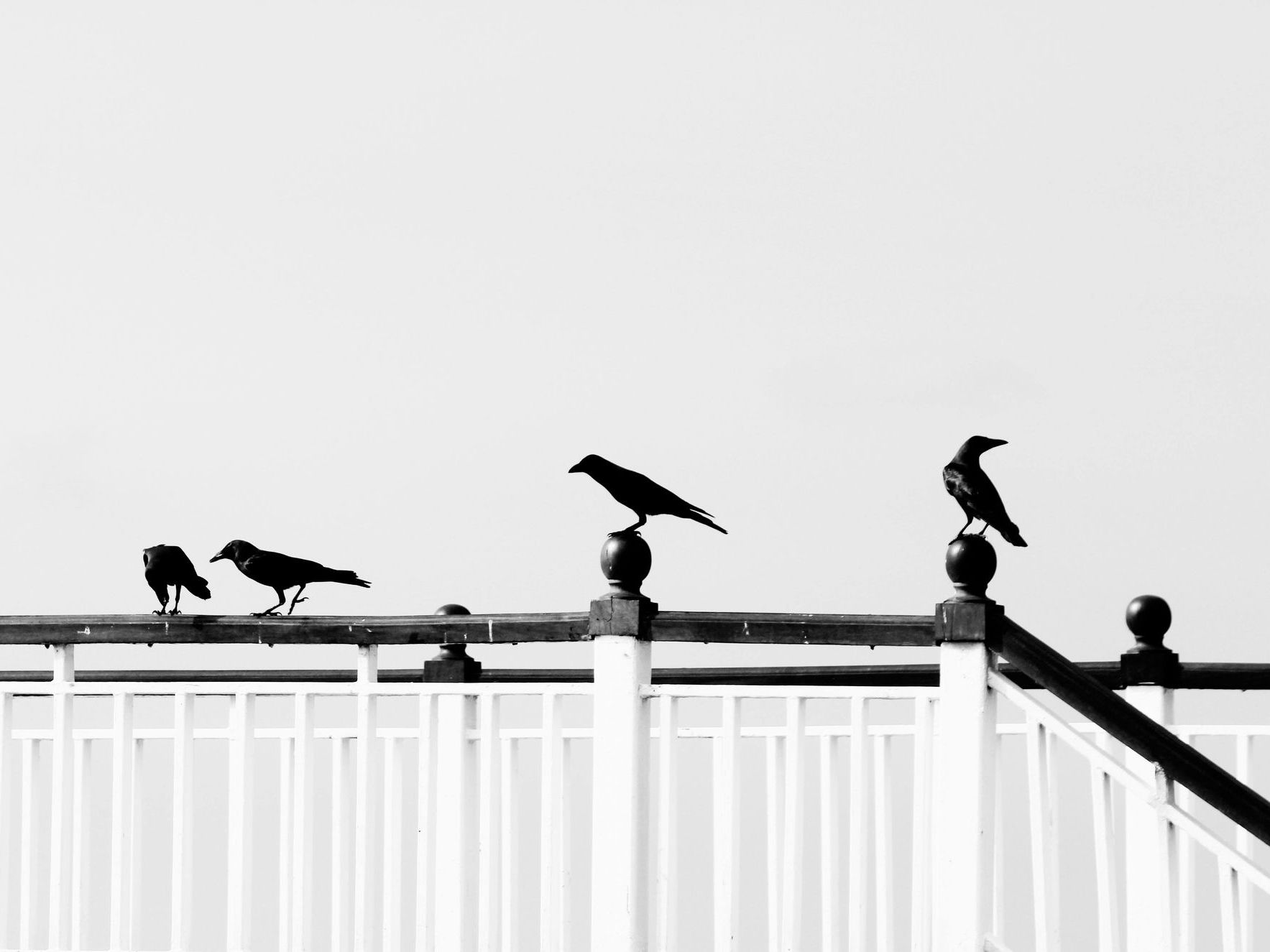
Seven Ravens by The Brothers Grimm
The Brothers Grimm's The Seven Ravens is a powerful tale with several meaningful lessons
1. The Value of Family and Sacrifice:
The story emphasizes the importance of familial love and the lengths one might go to in order to reunite with or save loved ones. The sister’s journey to rescue her brothers shows deep devotion and selflessness.
2. Perseverance and Courage:
The young girl undertakes a challenging quest to find and free her brothers, showing that determination and bravery are crucial to overcoming difficult circumstances.
3. Forgiveness and Redemption:
The curse on the brothers, caused by a moment of anger, teaches about the harm that rash words or actions can bring. The resolution of the curse highlights the themes of forgiveness and healing, reminding children that redemption is possible.
4. Consequences of Rash Decisions:
The father’s curse on his sons, made in a moment of frustration, underscores the importance of thinking carefully before speaking or acting in anger. Words can have lasting consequences.
5. Faith and Hope:
The girl’s unwavering hope and faith in her ability to bring her brothers back inspire children to believe in themselves and their ability to make things right, even in the face of great odds.
These lessons resonate deeply, encouraging children to value family, face challenges with courage, and think before acting. The story also reflects the transformative power of love and determination.
Snow White and the Seven Dwarfs
Download🍎 A story written by the Grimm Brothers in Germany in 1812. It is about a kind princess named Snow White who has to escape from her wicked stepmother, the Queen, who is jealous and wants to harm her.👑 Snow White finds safety with seven friendly dwarves living in a forest cottage. Through friendship and kindness, Snow White learns how to stay safe and happy, even when things seem scary.
The seven dwarves teach Snow White the importance of trust and being cautious.
We can learn from this story that jealousy and vanity can hurt others, but kindness, courage, and being true to ourselves can help us overcome even the hardest challenges. 🏰
REVIEW
👑 What does Snow White teach us about being kind?
Pinocchio
Download🎩 Created by the Italian writer Carlo Collodi in 1881. This story is set in Italy and tells the story of a wooden puppet who dreams of being more than just a puppet on strings. Pinocchio's adventure is all about learning and making choices.
It shows us that even if we make mistakes or ignore good advice, we can always choose to do the right thing and be welcomed back.
Let's be inspired by Pinocchio's journey always to choose to do the right thing, even after a misstep. ✨
REVIEW
🌠 What did Pinocchio learn from his adventures about making choices?
Jack and the Beanstalk
Download🌱 The story version we love today was written by Joseph Jacobs in 1890 from the beautiful land of Australia. 💚 It is a classic fairy tale about a young boy named Jack who lives with his poor mother. One day, Jack trades their cow for magic beans. His mother is disappointed and throws the beans out the window. Overnight, a giant beanstalk grows, reaching up into the clouds. Jack climbs the beanstalk and finds a giant’s castle in the sky. There, he discovers treasures, including a golden harp, bags of gold, and a magical hen that lays golden eggs. Jack takes these treasures from the giant, who chases him down the beanstalk. Jack cuts down the beanstalk just in time, causing the giant to fall. Jack and his mother live happily ever after with their newfound wealth.
📚 It teaches us that taking risks and stepping out of your comfort zone can sometimes lead to great rewards. It shows the importance of thinking on your feet and being clever when facing challenges.
As we join Jack on his adventure up the Beanstalk, let's think about how the story shows us determination and the importance of perseverance in tough times.🌟
REVIEW
📚 What important lesson does "Jack and the Beanstalk" teach us?
The Lorax
✨ A classic children's book written by Dr. Seuss. It tells the story of a character named the Once-ler who destroys a beautiful forest of Truffula trees to mass-produce useless products called Thneeds. As a result, the environment and the creatures living in the forest, including the Lorax, suffer greatly. The Lorax speaks for the trees and warns the Once-ler about the consequences of his actions, but the Once-ler ignores him until it's too late. The book ends with a message of hope, encouraging readers to take responsibility for the environment and to speak up for nature.
The moral of "The Lorax" is about environmentalism and the importance of taking care of our planet. It teaches children about the consequences of greed and the impact that humans can have on the natural world.
Remember to take care of the Earth because it's the only one we have. Speak up for the environment and do your part to protect it.
To celebrate the book, parents and teachers can have fun by decorating with pool noodles to make Truffula trees, bringing the story to life visually.
Additionally, planting a tree can be a meaningful activity to teach children about environmentalism and the importance of caring for nature. It's a hands-on way to connect the book's message with real-world actions.
REVIEW
👑 Why do you think the Once-ler ignored the Lorax's warnings?
👑 What are some ways we can help protect the environment, like the characters in the book?
Peter Pan
Writing Pages🌟 A beloved children's story written by J.M. Barrie. It follows the adventures of a young boy named Peter Pan, who never grows up, and his magical adventures in the fantasy world of Neverland. Peter Pan can fly and is accompanied by his fairy friend Tinker Bell. He leads a group of Lost Boys and often battles the villainous Captain Hook, the leader of the pirates, who wants to capture Peter Pan. The story explores imagination, childhood, and the desire to remain young forever.
The moral of "Peter Pan" is about the importance of cherishing childhood and the value of growing up. It teaches children that while it's fun to have adventures and use their imagination, there's also joy and growth in growing older and taking on responsibilities.
Enjoy being young and imaginative, but also embrace growing up and the new experiences it brings.
REVIEW
🌠 Why do you think Peter Pan doesn't want to grow up?
🌠 How does Peter Pan's attitude towards growing up change throughout the story?
The Ugly Duckling
Download📖 Hans Christian Andersen wrote "The Ugly Duckling" in 1843. 🦢
The story reminds us not to judge others by their appearance because what truly matters is what's on the inside.
CURIOUS DETAILS: 💭
🐣 “The Ugly Duckling” is a beautiful Mute Swan, which you can recognize by its orange bill. Here in Minnesota, we're more used to seeing the Trumpeter Swan, which has a black bill and has made an amazing recovery from almost extinction!
🔍 Have you ever thought about the science behind fairy tales? In "The Ugly Duckling," the story talks about egg dumping—when a bird lays its egg in another bird's nest. It's pretty rare, but it does happen! While it's not typical for swans, cuckoo birds do it all the time. Fairy tales do have a sprinkle of truth!
🦆❤️ What would happen if a swan's egg ended up in a mallard duck's nest? The mallard would care for the swan baby just like its ducklings. Nature shows us how love can cross boundaries between different animals.
🐦🍃 Unlike what "The Ugly Duckling" might make you think, ❤️ baby swans, or cygnets, are very capable from the start. They begin looking for their own food in the water almost as soon as they're born. They don't need to ask for food from other birds like robins. These little swans are quite the survivors! 📖✨ 🐣🔍 🦆 🐦🍃
REVIEW
🦢 What important lesson does "The Ugly Duckling" teach us about judging others by appearance?
❤️ How do baby swans, or cygnets, show they are survivors from a very young age?
The Middle Years
The Wild Robot
Book Report✨"The Wild Robot" by Peter Brown is a captivating tale of survival, friendship, and the importance of understanding and adapting to the environment around us. The story follows Roz, a robot who finds herself stranded on a wild, uninhabited island. Initially programmed for domestic tasks, Roz must learn to navigate the challenges of the natural world and coexist with its animal inhabitants. Through her interactions with the island's wildlife, Roz learns valuable lessons about empathy, cooperation, and the interconnectedness of all living things.
The moral of "The Wild Robot" emphasizes the significance of adaptation, empathy, and understanding in building harmonious relationships with both nature and others.
It teaches us the importance of resilience, kindness, and the acceptance of differences.
REVIEW
How does Roz change throughout the story, and what lessons does she learn from her experiences on the island?
What role do the animals play in helping Roz survive and ultimately thrive on the island? How do they teach her important lessons about life?
Mr. Poppers Penguins
🐧 A story created by Richard and Florence Atwater in 1938 from Illinois. This adventure takes place in the cozy town of Stillwater, MN, where Mr. Popper lives with his funny and charming penguins. 🐧✨
This book is full of laughter and important lessons.
It shows us how special family is and ❄️ teaches us to be brave in standing up for what we believe in.
Let's learn from Mr. Popper and his penguins about the power of love and sticking together. 📚💖 📚 Let's cherish and advocate for the bonds that matter most, inspired by the heartwarming journey of Mr. Popper and his playful penguins. 🌟💖
REVIEW
❄️ What is the main lesson Mr. Popper and his penguins teach us about family and courage in "Mr. Popper's Penguins"?
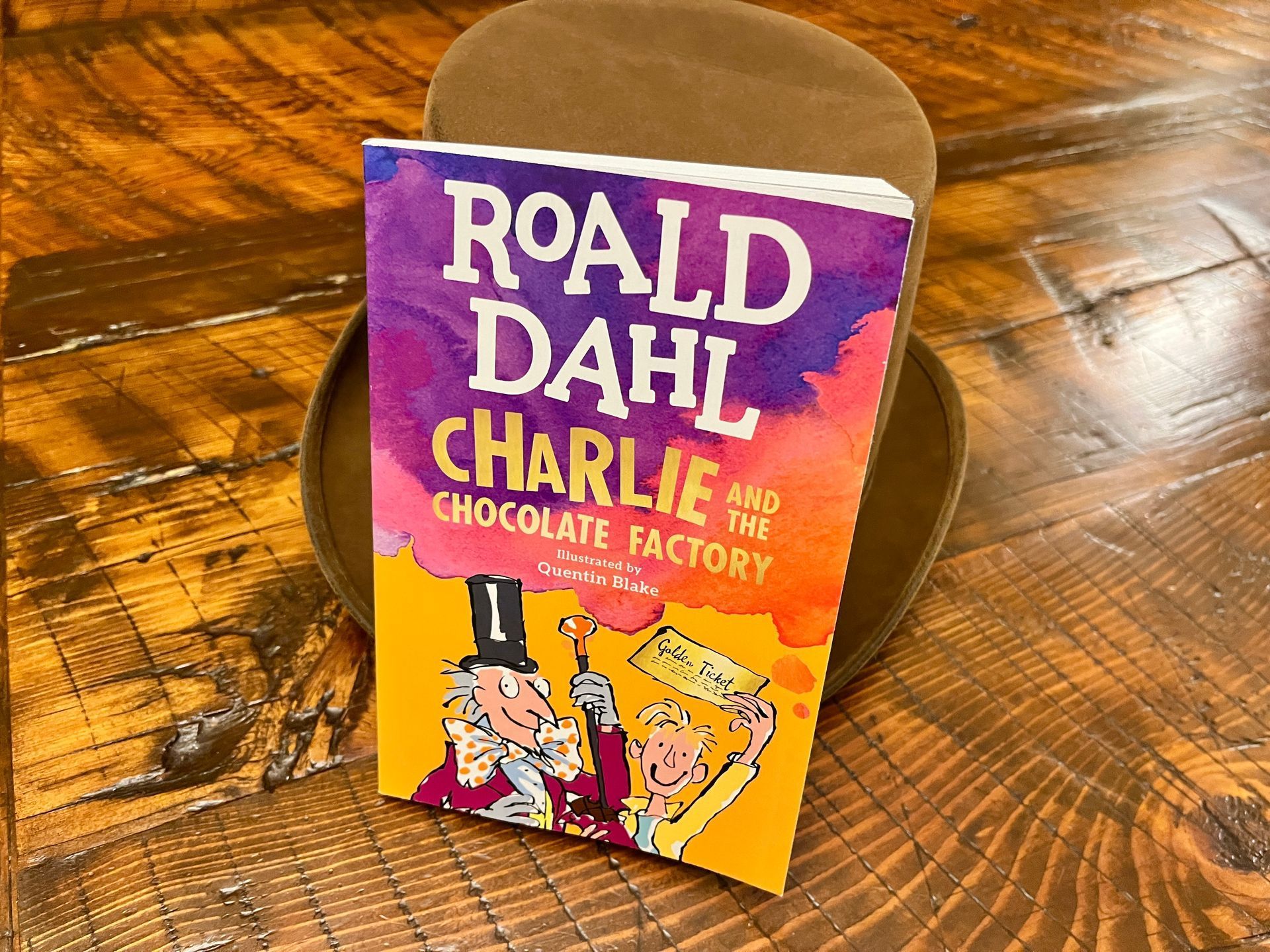
Charlie and the Chocolate Factory
LessonOompa Loompa Book Bash
Wonka-Inspired Candy Shop Challenge
Find a candy that looks the most magical!
Choose something you think Willy Wonka would invent.
Pick a candy that you’ve never tried before!
Candy Taste Test
Have a variety of unique or unusual candies and have a taste test. Guess the flavors, and rate them like food critics! This can set the mood for the wild and wacky world they’ll read about.
Charlie and the Chocolate
Factory Book Study
• How would you describe Willy Wonka? What makes him different from other adults in the story?
• What motivates Charlie to be so kind and humble, even when he has so little?
• Which character do you relate to the most, and why?
• What lesson do you think the author, Roald Dahl, tries to teach through the story?
• What would you do if you found a golden ticket? Who would you take with you to the factory, and why?
Verse
"Round and round the earth is turning, turning always into morning. And from morning round to night."
this verse is often associated with Waldorf education and is commonly used in early childhood settings as a circle time or transition verse. Its origin is not definitively tied to a specific author, but it aligns with the Waldorf philosophy of rhythm and reverence for the natural world.
"The sky is blue as blue can be,
Shining endless light.
The sun shines bright, it warms the earth,
And fills my heart with light."
"The earth is firm beneath my feet,
Preparing now for its winter sleep.
The air is cool, the sky is bright,
The leaves fall down in golden light."
"Down is the earth and up is the sky,
Here are my friends, and here am I."
"Wide is the earth and deep is the sea,
High is the sky above me.
Here I stand so straight and tall,
I am a part of it all."
Commonly used in Waldorf-inspired education, especially in early childhood or lower grades. It reflects themes of connection to the natural world, personal grounding, and a sense of belonging within the greater whole.
Such verses are often passed down through oral tradition in Waldorf schools and similar settings, focusing on rhythm, movement, and an awareness of nature and the self. While the exact origins of this verse may not be attributed to a specific author, its themes are deeply aligned with the principles of Waldorf education.
"Pitter-patter, pitter-patter, polt!
Pitter-patter, pitter-patter, polt!
Rain is falling to the ground,
Rain is falling all around."
This rhythmic and playful verse is often used in Waldorf-inspired early childhood education. It is typically recited or sung during circle time or movement activities, especially on rainy days, to engage children in imaginative and sensory experiences connected to weather and nature.
Like many verses in Waldorf settings, it likely does not have a single attributed author. Instead, it stems from the tradition of oral storytelling, where verses are adapted and passed down through teachers and caregivers. The sound-focused language encourages phonemic awareness and rhythmic movement, aligning with Waldorf education’s emphasis on experiential and holistic learning.
"Witch, witch, where do you fly?
Under the clouds and over the sky.
Witch, witch, what do you eat?
Little black apples from spooky street.
Witch, witch, what do you drink?
Vinegar and good red ink.
Witch, witch, where do you sleep?
Up in the clouds where the pillows are cheap."
This playful and slightly spooky verse is part of traditional children’s folklore. Its origin is unclear, and it is not specifically associated with a specific education. Instead, it belongs to a broader tradition of rhymes and verses about witches that have been passed down through oral storytelling.
Story Tools
Waldorf education has been an inspiration to me. Their use of poetic verses to inspire children’s imagery connected to nature, the seasons, or spiritual themes has inspired me throughout my teaching. These verses are commonly used during morning circles, seasonal celebrations, or storytelling.
This specific line is often used to introduce a story, Waldorf education's emphasis on seasonal rhythms and reverence for the elemental forces of nature, such as fire fairies representing warmth, energy, and transformation.
“Fire Fairies come to us, Bringing golden light from the sun, And the fire fairies come, Bringing golden light from the sun.”
The origin of many such verses in Waldorf traditions is unclear, as they are often passed down orally or adapted from various poetic sources inspired by Anthroposophy (the spiritual philosophy founded by Rudolf Steiner). If this line is part of a specific poem or story, it might have been written by Steiner himself or a Waldorf educator, but many such verses remain unattributed and are considered part of the Waldorf oral tradition.

Classic Tongue Twisters
Yellow butter, purple jelly, red jam, brown bread. Spread it thick, say it quick, yellow butter, purple jelly, red jam, brown bread. Spread it thicker, say it quicker, yellow butter, purple jelly, red jam, brown bread. Don’t talk with your mouth full!
This is a classic tongue twister and is often used in educational settings, such as Waldorf or Montessori schools, where playful language exercises are encouraged. However, its origins are not tied to any specific author or institution.
The tongue twister is used to practice diction, rhythm, and speech clarity, making it a fun tool for language development in children, often incorporated in environments like Waldorf education that value storytelling and language play.

Dear Son,
As we reflect on the stories we read, remember that each one holds a meaningful message. These lessons from classic tales will be a strong foundation for your journey through life. Keep these messages close to your heart—they will guide you, keep you safe, and help you stay strong and happy.
With all my love,
Mom

sea of stories

The information on this website or books for Amy Monroe Author is not intended or implied to be a substitute for primary education or for professional medical advice, diagnosis, or treatment. All content, including text, graphics, images, and information contained in or available through her books, daybooks, website, or social media, are for general information purposes only. Amy Monroe makes no representation and assumes no responsibility for the accuracy of the information contained in or available through her books or website. Such information is subject to change without notice. You are encouraged to confirm any information obtained from or through her books and website with other sources and review all information regarding any medical condition or treatment with your physician. All artwork is copyrighted and property of Amy Monroe. Unauthorized use is prohibited.


